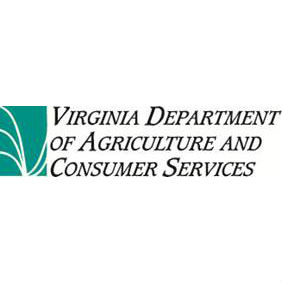
The same food safety concepts that apply in the kitchen apply outdoors: cleanliness, thorough cooking, proper temperature control and separation of raw and cooked foods to prevent cross-contamination. Even without running water, refrigeration or a stove, grillers can take many measures to keep their food safe.
Cleanliness: Everything that comes in contact with food needs to be as clean as possible, including dishes, hands, cutting boards and utensils. Hands are the number one vehicle for contamination and people should always wash them for at least 20 seconds with soap and warm water before preparing food and during preparation if you handle raw meat, fish or eggs. Hand sanitizers aren’t the perfect replacement for thorough hand washing, but they are the next best choice if running water is not available.
Thorough Cooking: The cooking process is an important element in food safety. Cooking’s main function is to kill disease-causing micro-organisms. To do this effectively, grillers should cook until the internal temperature reaches the recommended level as shown on a food thermometer. See a safe food temperature chart at vdacs.virginia.gov/foodsafety/safetytips.shtml. This is particularly important when grilling since charcoal or wood grills can cook unevenly.
Meat, poultry, fish, egg dishes and casseroles should be cooked thoroughly in one operation. When preparing food to take on the road, do not start the cooking process, interrupt it and plan to complete the cooking process later at the picnic site or stadium. Cook food thoroughly and then reheat it, or cook raw foods on the grill or over the campfire to the proper temperature.
Proper Temperature Control: Bacteria tend to grow well in the temperature danger zone between 40° Fahrenheit and 140° Fahrenheit so to keep foods safe and good to eat, maintain cold foods below 40° F and hot foods above 140° F. When serving food, keep the two-hour rule in mind: Don’t leave perishable foods at room temperature for more than two hours. In warmer weather and when outdoors, reduce the amount of time the food is not refrigerated to no more than an hour.
Separation of Raw and Cooked Foods: Don’t cross-contaminate. Keep raw meat, poultry, fish and their juices away from other food, even if it means using two coolers. Separation prevents bacteria on raw food from contaminating cooked foods. After cutting raw meats, wash cutting boards, utensils and surfaces with hot soapy water if possible. If not, use one cutting board or sheet for meats and poultry and another for items that won’t be cooked (salad greens, raw vegetables, fruits). Prep your fresh produce under running, potable water in the kitchen before packing for the grilling site, and resist the temptation to sample uncooked mixes which contain raw or partially cooked seafood or eggs.
Remember to make food safety an essential ingredient every time you shop, prepare, cook or store food and take extra precautions when eating outdoors. Find additional food safety information, including VDACS’ guide, Keeping Your Food Safe, and a special children’s section at vdacs.virginia.gov/foodsafety/index.shtml.










